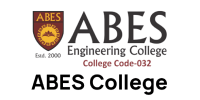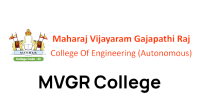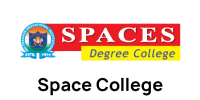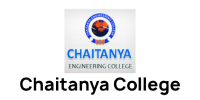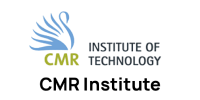
Designed for college students, Professionals, and Innovators Across All Fields.
Master Industry-Standard Skills with Certified Programs by Wipro.
Earn certificates for your internship and program achievements.
Create a standout job-ready profile with an impressive project portfolio.

FSM Design Principles: Hands-on experience will be gained in designing and implementing finite state machines, enhancing understanding of sequential logic.
Verilog Proficiency: Skills in Verilog coding will be improved, including state transitions and output generation, which are crucial for digital design.
Simulation and Testing: The importance of simulation for verifying functionality and identifying errors will be learned, ensuring reliable performance before deployment.
Asynchronous Counter Design: Develop a solid understanding of asynchronous counter mechanisms, focusing on state transitions for traffic control.
Verilog Coding Techniques: Enhance Verilog programming skills, particularly in managing timing and synchronization for effective traffic light sequencing.
System Simulation: Emphasize the significance of thorough simulation to validate the traffic light controller's operation under different conditions.
Digital Design Understanding: Gain insight into designing a complex digital system, managing transactions and product selection efficiently.
Verilog HDL Proficiency: Improve skills in Verilog HDL for creating modules that handle product selection, payment processing, and change return.
Testing and Simulation: Learn the importance of thorough simulation and testbench creation to validate system functionality and handle edge cases.
Processor Architecture Insight: Gain valuable knowledge of RISC-V architecture, focusing on instruction sets and their execution in hardware.
Verilog Implementation Skills: Enhance Verilog skills through practical application in designing and integrating ALU, registers, and control units.
Debugging and Verification: Develop techniques for debugging and verifying processor functionality, ensuring accurate instruction execution and data handling.


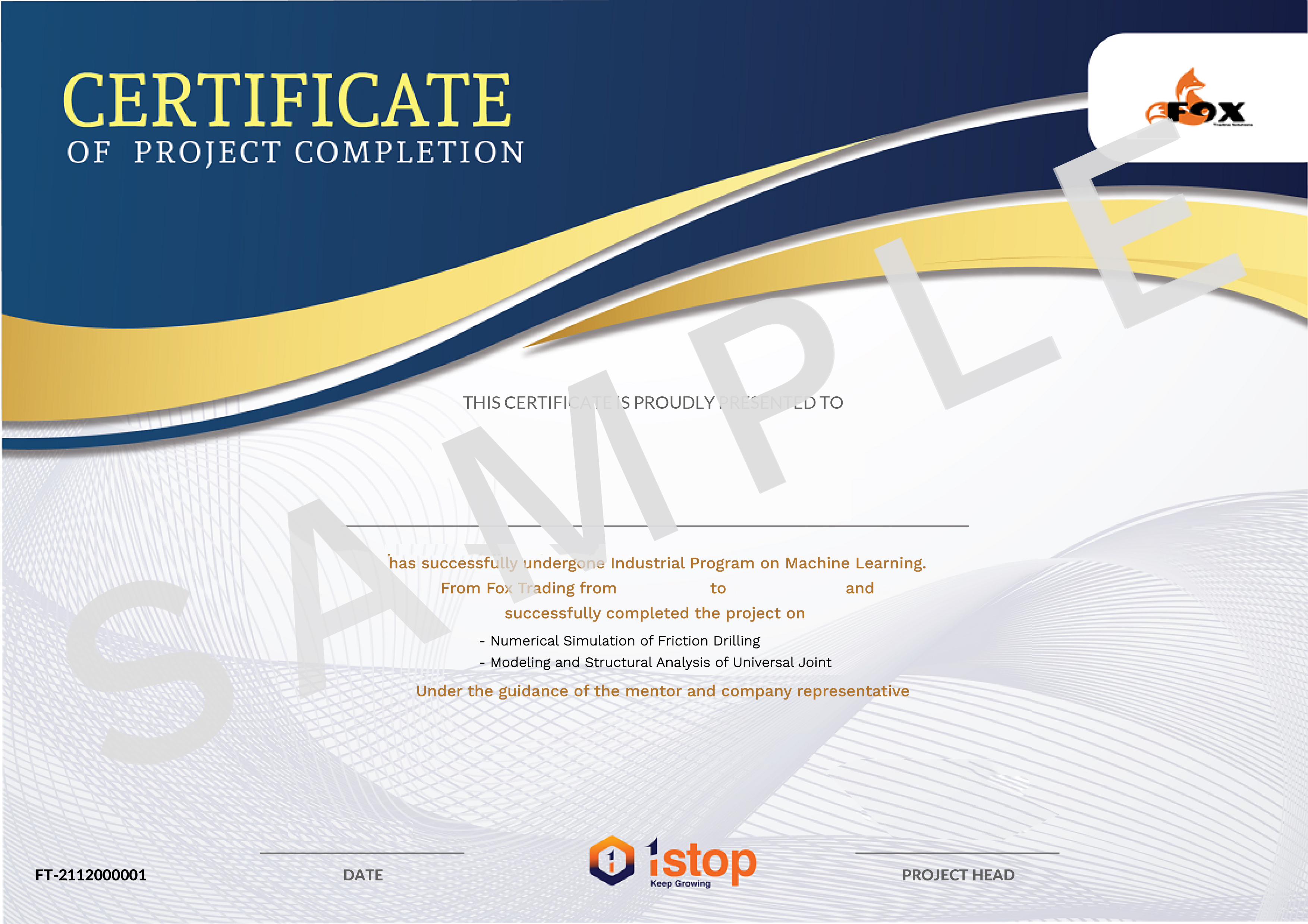
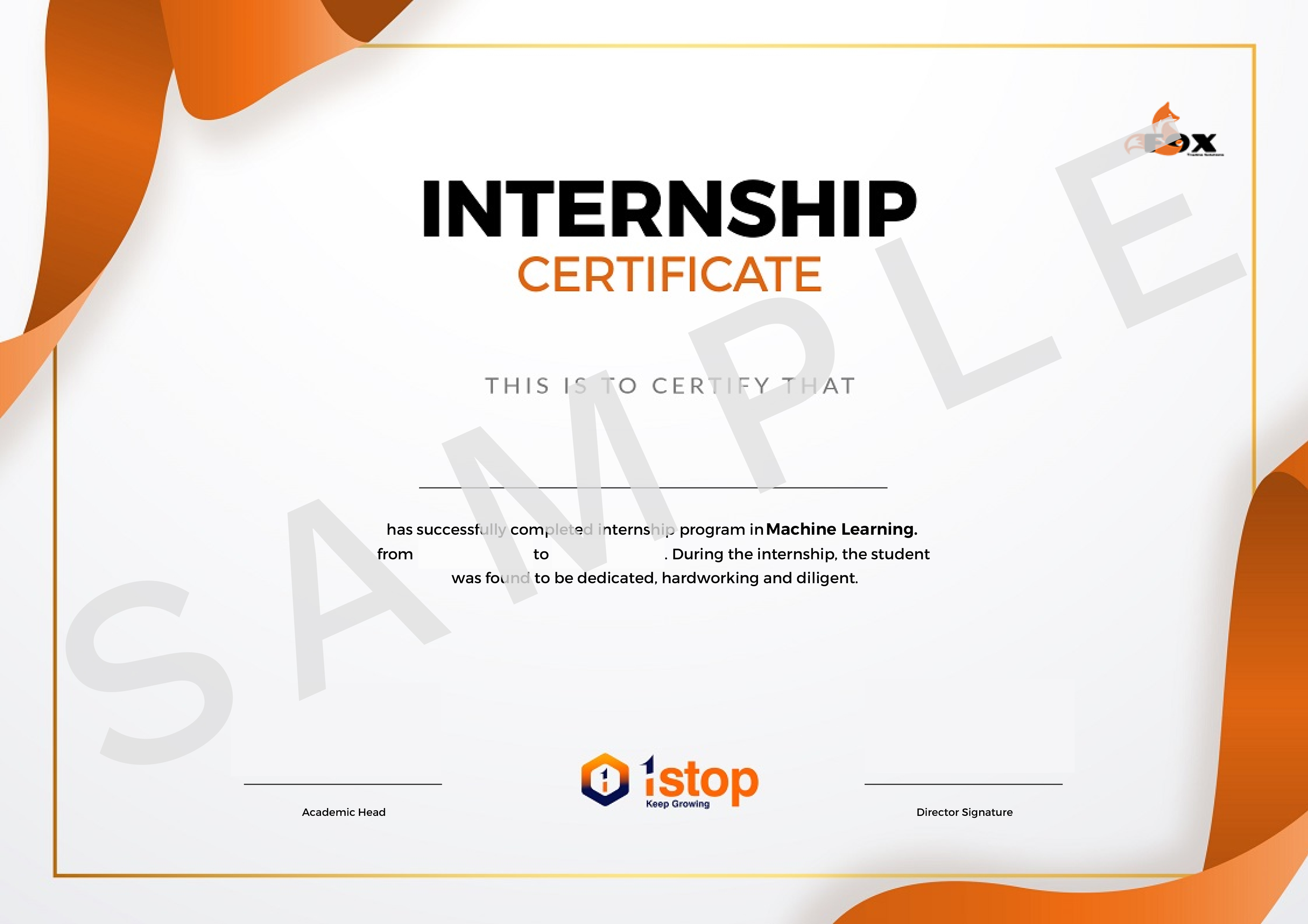



Sr. Data and Applied Scientist


AI Consultant @Google


Head of Analytics


Senior Technical Trainer


AI Engineer @Google


Strategic Cloud Engineer


Cloud Consultant @Google


Cyber Security:Manager Program Delivery


Software Developer


Senior Web Developer


Principal Architect


Sr. Software Developer @Amazon

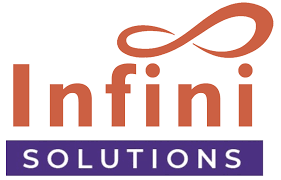
Senior Software Engineer



